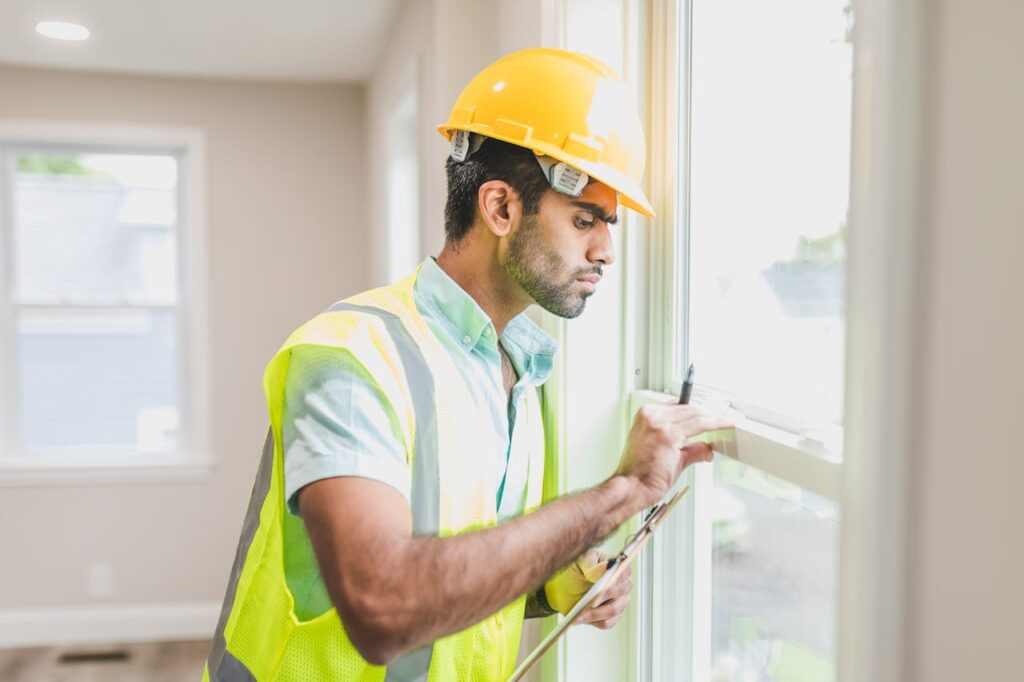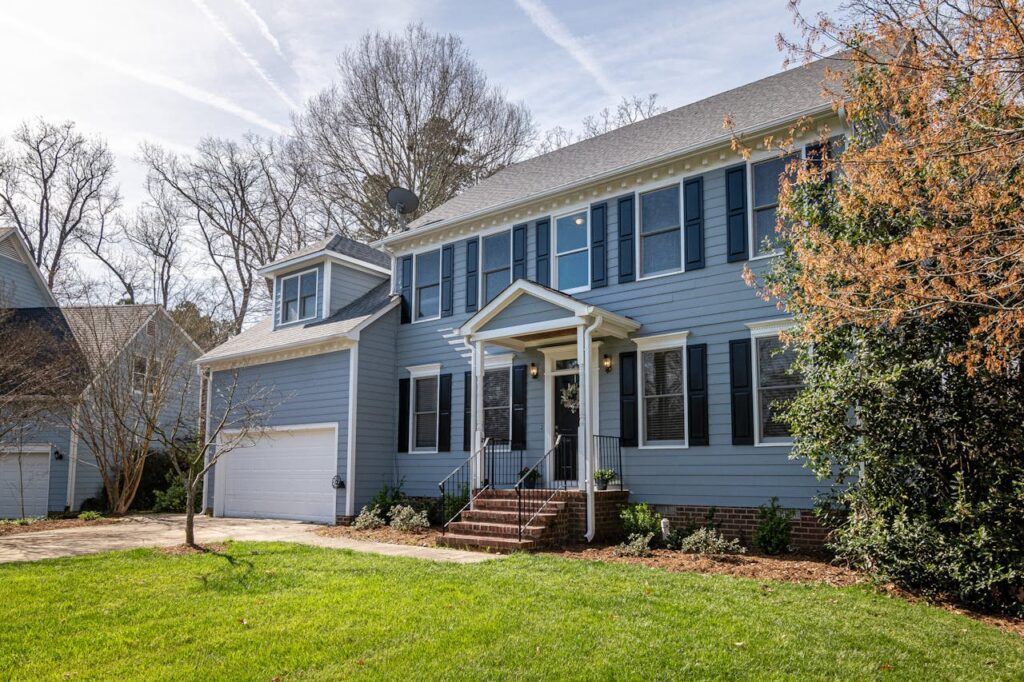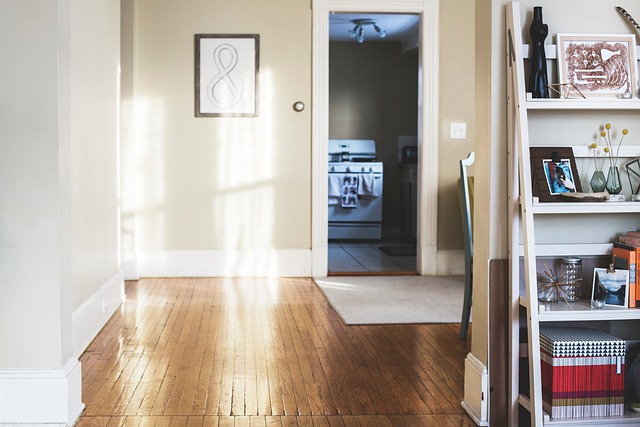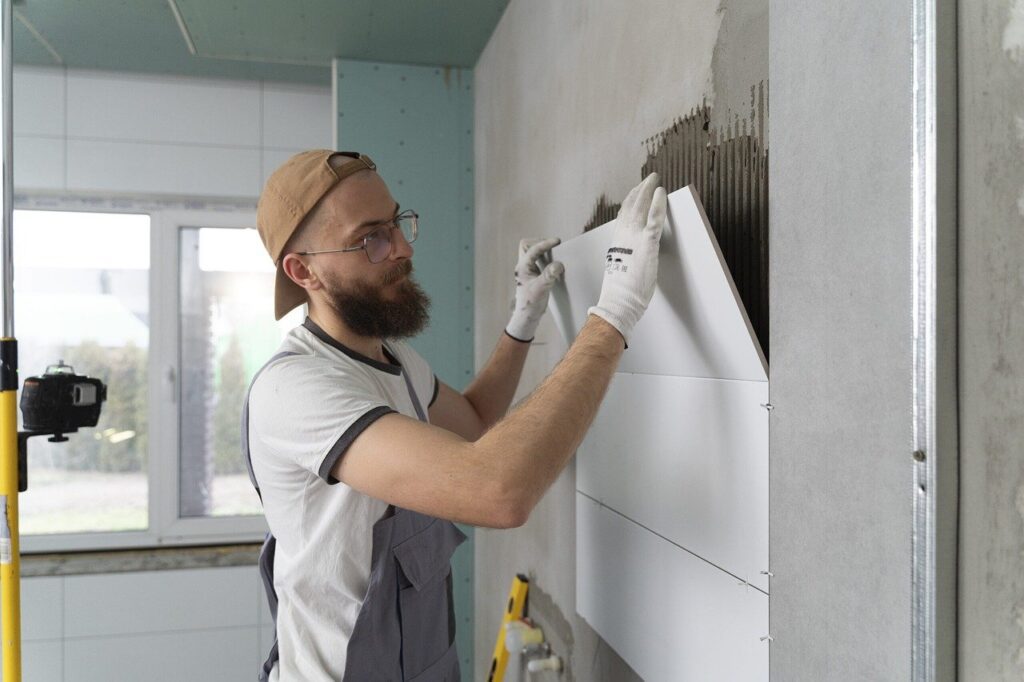Did you know that up to 80% of building issues stem from poor framing? Crafting a sturdy foundation is more than just about aesthetics; it’s the backbone of a lasting and resilient structure. The importance of good framing cannot be overstated when it comes to the longevity and durability of any construction project.
Ensuring precision in framing not only enhances structural integrity but also impacts energy efficiency, maintenance costs, and overall safety. Join us as we delve into the critical role that proper framing plays in the longevity of buildings and how attention to this detail can make or break the endurance of any edifice.
The Importance of Quality Framing in Construction
Structural Stability
Quality framing serves as the foundation for any construction project, providing the essential support and structure for the entire building. Without sturdy framing, a structure is more susceptible to instability and structural failures over time.
Investing in fine homebuilding techniques and utilizing modern construction methods ensures that the framing is robust and able to withstand various environmental factors. By incorporating precision finish carpentry skills, builders can create a strong framework that forms the backbone of a durable building.
Risk Mitigation
One of the key advantages of quality framing is its ability to minimize the risk of future structural issues. Careful attention to detail during the framing process helps identify and address potential weaknesses before they become significant problems.
Using advanced construction techniques and high-quality building materials further reduces the likelihood of issues such as warping, settling, or other structural defects. This proactive approach not only enhances the structural integrity of the building but also saves time and money on costly repairs in the long run.
Long-Term Benefits
Investing in quality framing pays off in the long term by ensuring the longevity and durability of a structure. By choosing industrial construction standards and reliable building materials, builders can create buildings that stand the test of time.
Structures built with quality framing are more resilient to wear and tear, weather conditions, and other external factors, making them safer and more sustainable in the long run. Quality framing contributes to energy efficiency and overall building performance, enhancing the comfort and value of the property.

How Wood Framing Contributes to Structural Integrity and Safety
Load Distribution
Wood framing, utilizing wood studs and wood members, is crucial in distributing loads effectively within a structure. By transferring vertical loads from the roofing, floors, and other elements to the foundation, wood framing helps prevent structural failures. This distribution mechanism ensures that the weight is evenly dispersed, maintaining the stability of the entire building.
Environmental Resistance
One key advantage of the wood structure is its natural resistance to various environmental forces. When using dry lumber for framing, enhances the longevity of the structure by reducing the risk of decay or damage caused by moisture. Wood bridges and wooden houses benefit from this resilience, making them durable in different climates and conditions.
Safety Measures
Proper wood framing techniques are directly linked to enhanced safety measures in construction. By following guidelines for using conventional lumber and avoiding wet lumber, builders can ensure that the structure remains stable and secure over time. The installation of wall sheathing further reinforces the integrity of the frame, providing additional protection against external factors.
Enhancing Energy Efficiency with Proper Framing
Improved Insulation
Proper framing techniques play a crucial role in enhancing energy efficiency within structures. By ensuring precise measurements and alignment, framing reduces energy loss through improved insulation. This results in a more sustainable and cost-effective solution for maintaining indoor temperatures.
Framing that is executed with precision creates a tight seal around doors and windows, preventing air leakage. This reduces the workload on heating and cooling systems, leading to lower energy consumption. As a result, homeowners can enjoy reduced utility bills while contributing to environmental conservation through decreased energy usage.
HVAC Efficiency
Efficient framing not only impacts insulation but also influences HVAC efficiency. Well-constructed frames provide support for ductwork and HVAC components, ensuring optimal airflow throughout the building. This leads to improved HVAC performance and overall energy efficiency.
By incorporating recommended products for homebuilding, such as advanced framing materials and techniques, builders can achieve higher HVAC efficiency. This results in a comfortable indoor environment with consistent temperatures and reduced reliance on heating and cooling systems.
Energy Performance Ratings
The role of framing extends beyond structural integrity to affect energy performance ratings for buildings. Buildings with well-executed framing techniques often receive higher ratings due to their superior energy efficiency. This is essential for meeting regulatory standards and achieving certifications such as LEED (Leadership in Energy and Environmental Design).
Proper framing contributes significantly to reducing energy consumption within buildings, making them more sustainable in the long run. By using recommended products and following best practices in framing, builders can create structures that are not only durable but also environmentally friendly.
Framing for Longevity and Durability
Selecting Durable Materials
When constructing a durable structure, it is crucial to choose materials like dimensional lumber or fiberglass that can withstand environmental wear over time. Opting for recycled materials such as timber not only promotes sustainability but also ensures a long-lasting framework.
Mitigating Moisture Damage
Effective framing techniques play a pivotal role in preventing moisture-related issues that can compromise the integrity of a building. By using construction adhesive to seal joints and employing proper roof sheathing methods, you can significantly reduce the risk of rot and decay.
Pest Infestation Prevention
Quality framing practices are essential for minimizing the risk of pest infestations within a structure. Ensuring a solid wood skeleton with adequate protection like siding and veneer lumber can deter pests from infiltrating the building, preserving its longevity.
The Role of Framing in Protecting from Elements
Weather Shield
Framing serves as a shield against harsh weather conditions, such as heavy rain, strong winds, and snow. It acts as a protective barrier, preventing water infiltration and ensuring structural integrity. By resisting moisture penetration, framing materials like treated wood or steel help to maintain the strength and stability of the building over time.
Properly installed framing components create a tight seal that prevents air leaks and minimizes heat loss during cold weather. This not only enhances energy efficiency but also reduces heating costs for the occupants. A well-designed framing system can minimize thermal bridging, improving the overall comfort and livability of the structure.
Resilience Boost
Framing plays a crucial role in enhancing the resilience of buildings to withstand extreme weather events. In areas prone to hurricanes, earthquakes, or tornadoes, robust framing systems are essential for structural stability and safety. By using engineered wood products or steel frames, builders can construct more durable and resilient structures that can better withstand high winds and seismic forces.
The flexibility and strength of modern framing materials allow buildings to flex and bend without collapsing during natural disasters. This resilience not only protects the occupants but also reduces repair costs after severe weather events. Moreover, advanced framing techniques like shear walls and braced frames further enhance the structural stability of buildings in high-risk areas.
Protective Envelope
A well-designed framing system contributes to the creation of a protective envelope around the building. This envelope acts as a barrier against external elements, including rain, snow, wind, and sunlight. By incorporating proper insulation, vapor barriers, and waterproofing measures within the framing assembly, builders can ensure that the structure remains durable and weather-resistant over its lifespan.
The protective envelope formed by framing components also helps to maintain indoor air quality by preventing moisture buildup and mold growth. Proper ventilation systems integrated with the framing design ensure adequate airflow and reduce the risk of condensation inside the walls. This holistic approach to building envelope design promotes longevity and sustainability in construction projects.
Insulation Benefits of Good Framing
Thermal Efficiency
Good framing significantly enhances the thermal efficiency of insulations. By ensuring airtight seals and minimizing gaps, insulations can perform at their optimal levels. This results in reduced heat loss during winter and decreased heat gain in summer.
Minimizing Thermal Bridging
Strategic framing methods play a crucial role in minimizing thermal bridging. Through techniques like staggered studs or double walls, insulation is more effective as it covers a larger area without interruptions. This leads to a more consistent temperature inside the building.
Indoor Temperature Regulation
The quality of framing directly impacts indoor temperature regulation. Well-constructed frames prevent air leakage and maintain a stable indoor environment. This not only enhances comfort but also reduces energy consumption for heating and cooling.
Sound Barrier Capabilities of Quality Framing
Sound Absorption
Quality framing materials, such as competitive building materials, play a crucial role in absorbing sound within a structure. These materials have the ability to dampen sound transmission by reducing vibrations and preventing noise from traveling through walls and floors. By incorporating these materials into the framing of a building, it becomes possible to create an environment that is significantly quieter.
Creating Quiet Indoor Environments
One of the primary functions of quality framing is to contribute to the creation of quieter indoor environments. The use of competitive building materials in framing helps to minimize the impact of external noise sources, such as traffic or construction, on the interior of a building. This results in a more peaceful and comfortable space for occupants to live or work in.
Effectiveness of Framing Techniques
Various framing techniques can be employed to enhance noise reduction within a structure. For instance, double stud walls with an air gap between them are effective in reducing sound transmission. Resilient channels can be installed to decouple drywall from the framing, further minimizing the transfer of noise. These techniques, when combined with high-quality framing materials, can significantly improve the overall acoustics of a building.
Cost Savings Through Effective Framing
Energy Efficiency
Efficient framing practices can result in significant cost savings on energy bills. By using the right amount of lumber and minimizing waste, homeowners can improve insulation, reducing the need for excessive heating or cooling. This leads to lower energy consumption and ultimately, reduced utility expenses.
Maintenance Costs
Quality framing choices not only contribute to structural integrity but also minimize maintenance costs over time. By utilizing durable materials and precise construction techniques, homeowners can avoid frequent repairs and replacements. This proactive approach saves money in the long run by preventing issues that may arise from poor framing decisions.
Long-term Financial Benefits
Investing in superior framing materials offers long-term financial benefits for property owners. While the initial cost may be higher, the durability and reliability of these materials pay off in the future. Superior framing ensures a sturdy structure that requires minimal upkeep, translating to fewer expenses on repairs and renovations down the line.
How Framing Adds Aesthetic Value
Enhancing Visual Appeal
Creative framing designs play a crucial role in enhancing the visual appeal of a structure. By incorporating unique framing elements such as arches, trusses, or exposed beams, architects can create visually striking buildings that stand out. These design features not only add character but also contribute to the overall aesthetic value of the structure.
Achieving Architectural Harmony
Precise framing is essential for achieving architectural harmony within a building. When framing is done correctly, it provides the necessary support for the entire structure, ensuring stability and longevity. Well-planned framing helps maintain symmetry and proportion, creating a sense of balance in the architectural design.
Supporting Decorative Elements
Framing plays a vital role in supporting decorative elements and finishes within a structure. Whether it’s intricate moldings, ornate trim work, or decorative paneling, the framing serves as the foundation on which these elements are mounted. A well-executed framing design not only supports these decorative features but also ensures they are securely attached and visually appealing.
Closing Thoughts
In the world of construction, good framing isn’t just about creating a structure; it’s about crafting a legacy. Quality framing ensures safety, energy efficiency, durability, and even aesthetic appeal in your building. By investing in proper framing techniques, you’re not just securing a physical space but also guaranteeing a lasting impact on your environment and your wallet. So, when you think about your next project, remember that the key to a long-lasting structure lies in the framing – make it count.
Elevate Your Home with Red White & Blue Construction!
Thinking about framing solutions for your house? Look no further! Embark on a transformative journey where your home in Lafayette, CA, becomes the sanctuary you’ve always dreamed of. With Red White & Blue Construction, every wall and corner is meticulously framed to ensure your house is as structurally sound as it is beautiful. Dive into advanced framing techniques that provide the perfect foundation for your home, or explore innovative designs that maximize space and enhance functionality. Our reputation in the Bay Area stands as a testament to our commitment, expertise, and the unparalleled standards we uphold. We’re more than just licensed contractors; we’re the architects of your dream home. With our transparent pricing and exceptional client engagement, you’re not just building; you’re reimagining, redefining, and revitalizing your space. Choose Red White & Blue Construction. Craft the next chapter of your home story. Frame Your Home with Excellence and reach out to us today!
Disclaimer
The materials available on this website are for informational and entertainment purposes only and not to provide advice. You should obtain advice concerning any particular issue or problem from a professional. You should not act or refrain from acting based on any content included in this site without seeking legal or other professional advice. The information presented on this website may not reflect the most current building developments. No action should be taken in reliance on the information on this website. We disclaim all liability concerning actions taken or not taken based on any or all of the contents of this site to the fullest extent permitted by law.





